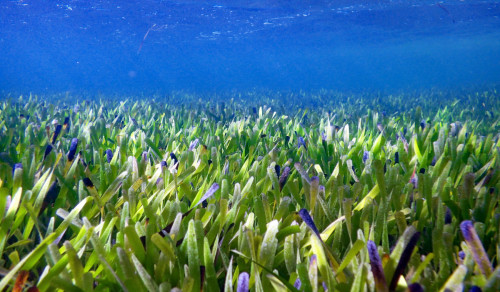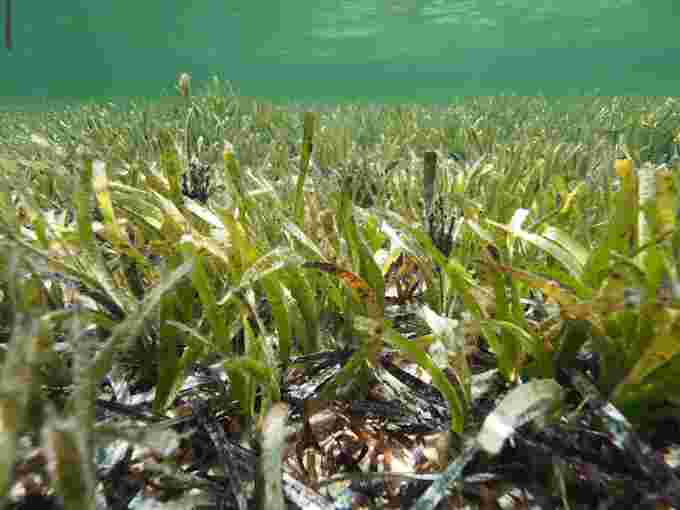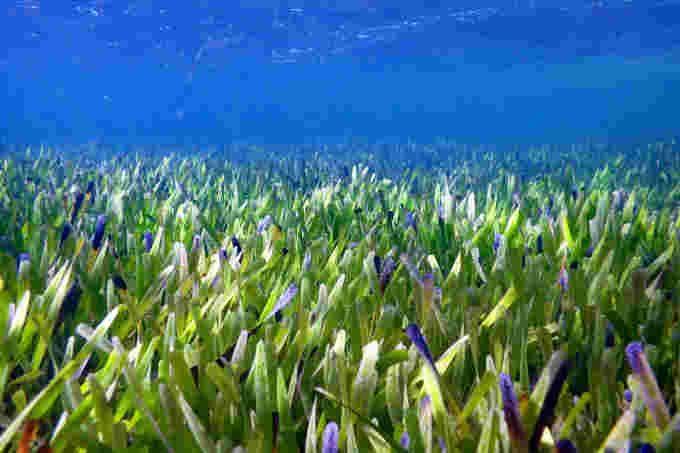
Tuesday, June 7, 2022 10:30 – The world’s largest plant has been discovered. It covers an area of approximately 180 km2 and is at least 4,500 years old. Named Australian Poseidonia, the plant is native to much of Australia’s Shark Bay.
Manhattan Island three times
Not only is this plant unique in its size, it is estimated to be three times larger than Manhattan. It has twice as many chromosomes as its marine counterparts, making it a polyploid. These types of plants often live in extreme conditions and can continue to grow if not disturbed.
Researchers at the University of Western Australia and the University of Flinders in the coastal city of Adelaide are behind this colossal discovery. They estimate that this type of plant has a growth rate of about 35 centimeters per year. So it would have taken 4,500 years to reach its current size.
Image Credit: Zahira Bell | University of Western Australia
Survive without reproduction
Scientists have set up a series of experiments in Shark Bay to see how the plant survives and thrives in such harsh conditions. In fact, it can withstand large variations in temperature, salinity and luminosity. These conditions are usually very stressful for most plants.
Another interesting fact: it is often infertile and survives despite no reproduction. Its survival for so long is amazing. This plant species has actually reduced genetic diversity, which is essential for coping with environmental changes.
Photo credit: Rachel Austin | University of Western Australia
Over the years, the plant has become home to many marine species such as dolphins, turtles, crabs and fish.
With Information From the University of Western Australia.






More Stories
More than 200 former Republican aides back Kamala Harris | US Election 2024
An investigation into the ill-treatment of the Lev Tahor sect in Guatemala
Brossard is suspected by the US of supporting Russia’s war effort